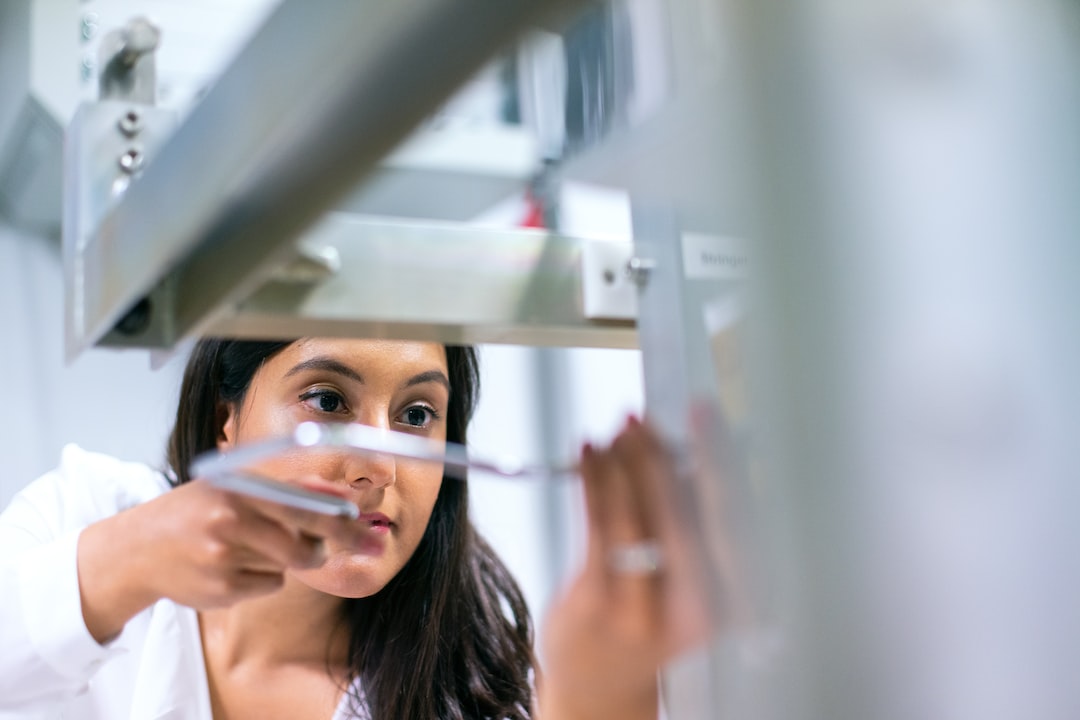Revamping Workforce Skills for the Changing Manufacturing Landscape
In recent years, the manufacturing industry has been undergoing a significant transformation. With advancements in technology, the rise of automation, and the implementation of Industry 4.0 principles, the manufacturing landscape is evolving at a rapid pace. As a result, there is an urgent need to revamp workforce skills to keep up with these changes and ensure the industry remains competitive in the global market.
One of the main drivers of this transformation is the integration of automation and robotics into manufacturing processes. This automation allows for increased efficiency, improved quality control, and reduced costs. However, it also requires a workforce with a different skill set. Traditional manufacturing jobs that focused on manual labor and basic technical skills are becoming obsolete. Instead, there is a growing demand for workers with a strong background in programming, data analysis, and knowledge of robotics and automation systems.
To address this shift, it is essential to invest in programs that provide training and education to workers in the manufacturing sector. This includes both upskilling current employees and preparing new entrants to the industry. Technical schools, community colleges, and vocational training centers play a crucial role in offering specialized courses that cover topics such as programming, robotics, and automation. Additionally, partnerships between industry leaders, educational institutions, and government bodies can help develop comprehensive training programs that meet the specific needs of the manufacturing sector.
Another area that requires attention is data analysis and management. With the implementation of Industry 4.0 principles, manufacturing processes are becoming increasingly data-driven. The ability to collect, analyze, and interpret data in real-time allows for improved decision-making and optimization of manufacturing operations. Consequently, workers need to be equipped with the skills to effectively use data analytics tools, understand complex algorithms, and apply statistical analysis methods.
Furthermore, soft skills are becoming more important than ever in the manufacturing industry. As automation takes over routine tasks, human workers are left to focus on tasks that require critical thinking, problem-solving, and effective communication. Employers are seeking individuals with strong interpersonal skills, teamwork abilities, and adaptability. These soft skills not only enhance the collaboration between human and automated systems, but also enable workers to adapt to new technologies and changes in the manufacturing environment.
To ensure the success of workforce revamping initiatives, employers must take an active role in providing training opportunities and career development paths for their employees. Offering on-the-job training, mentoring programs, and continuing education programs can help workers acquire the necessary skills and stay up to date with the latest advancements in the industry. Additionally, creating a culture of lifelong learning and encouraging employees to take on new challenges can foster innovation and drive continuous improvement within the organization.
However, it is not solely the responsibility of employers to invest in workforce skills. Government bodies and policy-makers also play a crucial role in creating an environment that supports the development of a skilled manufacturing workforce. This includes providing funding for education and training programs, incentivizing partnerships between educational institutions and industry, and implementing policies that promote lifelong learning and career advancement.
Revamping workforce skills for the changing manufacturing landscape is not an easy task, but it is essential for the industry’s long-term success. By investing in training and education, focusing on developing skills in areas such as programming and data analysis, and fostering soft skills, the manufacturing sector can adapt to the evolving technological landscape and maintain its competitiveness in the global market. Collaboration between employers, educational institutions, and government bodies is crucial to ensuring a smooth transition and creating a thriving manufacturing workforce ready to embrace the challenges and opportunities of the future.

